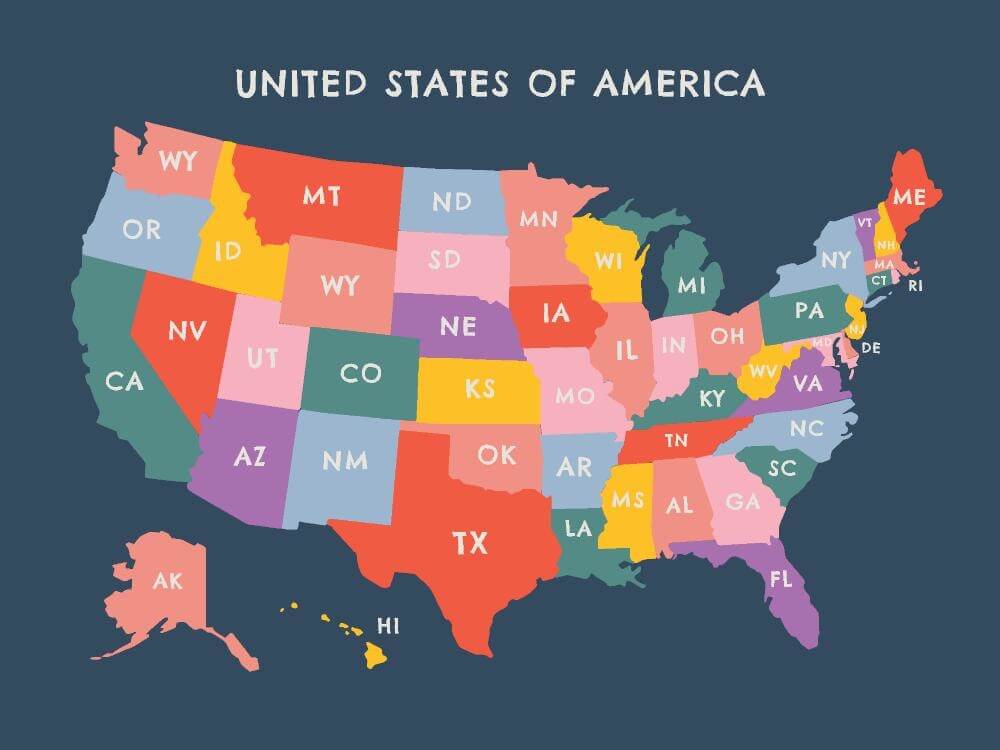In a country as geographically vast as the United States, and with a large and mobile population, it’s not surprising that cancer rates vary by region, by state, and even by localities within states. Geographical differences exist in overall cancer rates and in specific types of cancer, according to 2019 data published by the U.S. Centers for Disease Control and Prevention.
For example, incidence of breast cancer in women is highest in northeastern states like Connecticut, New York, New Jersey, and Delaware, as well as in Midwestern states like Iowa and Wisconsin. Lung cancer rates are highest in the South in states like Arkansas and Kentucky, while skin cancer rates are highest in western states like Utah. Similar geographical differences can also be found when looking at rates of colorectal, prostate, and other cancers.

Analyzing cancer data differences in the U.S.
Accounting for these differences is difficult due to the long list of variables that may play a role in cancer incidence, including demographic factors such as socioeconomic status and age.
These associations are based on what are referred to as ecological associations, which are not as meaningful as associations based on individual exposure and risk. In general, it’s dangerous to make too much of ecological associations because there are so many things going on that are not accounted for — associations (or lack of an association) may be spurious.
Lifestyle factors like diet, smoking, and alcohol use will also affect cancer incidence. Esophageal cancer is linked to alcohol consumption and states that have the highest rates of binge drinking, such as Wisconsin, Iowa, and Nebraska, also have a high incidence of esophageal cancer.
Of course, individual factors aren’t solely responsible for differing rates of cancer, and there will be some outliers. North Dakota and Colorado report high levels of binge drinking, but have lower rates of esophageal cancer.
There are several other factors that affect geographical differences in cancer rates. Sun exposure rates are linked to higher levels of skin cancer, but the CDC does not report sun exposure across states. The first occurrence of menstruation and first pregnancy can have effects on gynecologic and breast cancer development, and therefore incidence rates. Occupational and environmental exposures to chemicals or radiation can also affect cancer incidence rates.
Differences in rates of cancer screening and early diagnosis, and advances in medical practice and health care management, can also influence cancer incidence and mortality. Although breast cancer incidence rates are high in the Northeast, so are breast cancer screening rates. Ongoing studies are attempting to understand the variations in patterns of cancer incidence across the United States, but the wide range of factors at work — and the fact that Americans tend to move frequently, 11.7 times on average — make this field a challenging one.

Husbands father had cancer of stomach ,then in five years it had spread all over. They had seven children , and all but one has had cancer. My husband is the one lucky one. I think because when he was 19 yo, he had been given gold shots, methotrexate, for severe arthritis. I honestly believe that is why he never got cancer, he is 63 now, let’s hope it stays that way. We live in southern, WV.